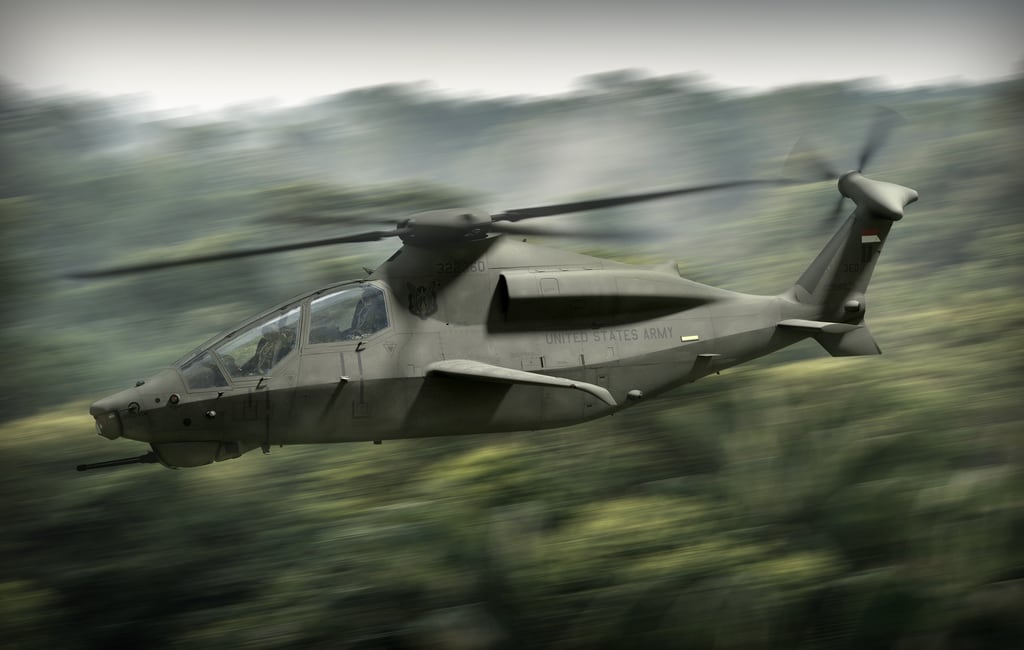Forest Green
ACCESS: Above Top Secret
- Joined
- 11 June 2019
- Messages
- 5,409
- Reaction score
- 7,210

Army officials question plan for future attack reconnaissance
The service did away with the pursuit of a new manned armed scout helicopter and is grappling with how to fill the gap using a network of smart drones.

